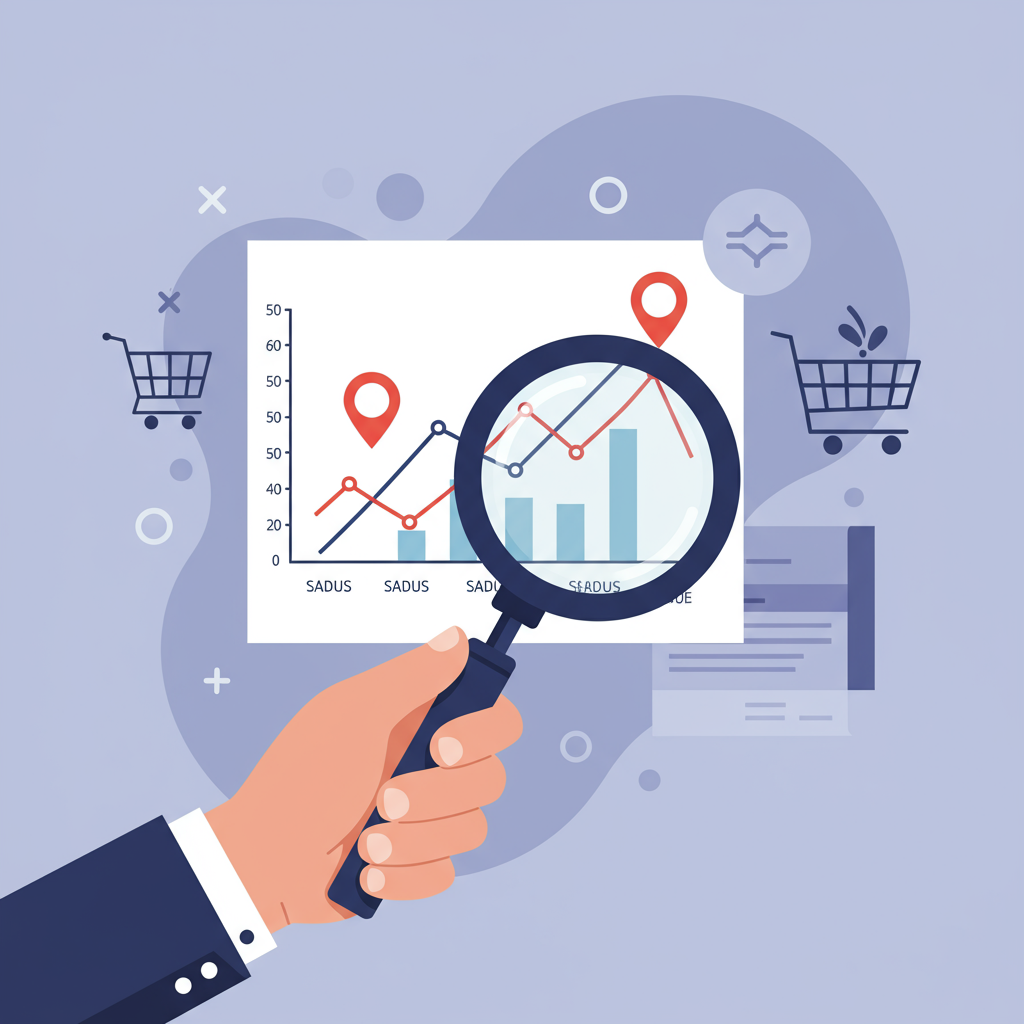Unlock Your Products’ True Value and Boost Profits with Data-Driven Pricing Strategies
As a Shopify merchant, you’re constantly looking for ways to optimize your store’s performance and boost your bottom line. One of the most impactful, yet often overlooked, strategies is price testing.
It’s not just about setting a price and hoping for the best; it’s about strategically discovering the optimal price point that maximizes both sales volume and profit margins.
Think of price testing as a scientific experiment for your products. You’re formulating hypotheses about what price will resonate best with your customers and then rigorously testing those assumptions.
Why is this so crucial for your Shopify store? Because the right price can significantly increase your conversion rates, average order value, and overall revenue.
Conversely, a price that’s too high can deter potential customers, while a price that’s too low can leave money on the table and devalue your brand.
My goal today is to walk you through the essential techniques for effective price testing on Shopify, helping you make data-driven decisions about your pricing strategy.
The most common and accessible method for price testing is A/B testing, also known as split testing. This involves presenting two different versions of a product page (or price) to different segments of your audience.
For instance, you might show half of your visitors Product A at $49.99 and the other half Product A at $54.99. You then track which price point leads to better performance.
“Better performance” isn’t just about more sales. It could mean higher conversion rates, a greater average order value, or even increased profit per sale, depending on your primary objective.
Setting up A/B tests on Shopify can be done through various apps available in the Shopify App Store. These tools simplify the process of splitting traffic and tracking results.
Some popular options include dedicated A/B testing apps, or even some advanced analytics and conversion optimization tools that incorporate A/B testing features.
Before you dive in, you need a clear hypothesis. For example: “Increasing the price of Product X by 10% will decrease conversion rate but increase overall revenue due to higher profit margins per sale.”
Or perhaps: “Lowering the price of Product Y by 5% will significantly increase conversion rate, leading to higher total sales volume and revenue.”
Your hypothesis should be specific, measurable, achievable, relevant, and time-bound (SMART). This helps you define what success looks like.
When running your test, ensure you have enough traffic to achieve statistically significant results. Don’t make decisions based on just a handful of sales.
Statistical significance tells you whether the observed difference between your price variations is likely due to the price change itself, rather than just random chance.
Most A/B testing tools will calculate this for you, but understanding the concept is vital. You want to be confident that your winning price isn’t just a fluke.
Consider the duration of your test. Running it for too short a period might not capture typical buying cycles or account for daily fluctuations in traffic.
Conversely, running it for too long can expose your customers to inconsistent pricing, which might lead to confusion or frustration if they notice.
Beyond simple price point changes, you can test different pricing strategies. This includes psychological pricing (e.g., $19.99 vs. $20.00).
You could also test bundle pricing versus individual product pricing, or even different discount strategies (e.g., “Buy one, get one 50% off” vs. “25% off your entire order”).
Another powerful technique is testing different value propositions alongside your price. Sometimes, adding a perceived benefit, like “free shipping” or an extended warranty, can justify a higher price.
Always monitor key metrics like conversion rate, average order value (AOV), and total revenue. These will be your primary indicators of success.
Don’t forget about profit margins. A higher conversion rate at a lower price might not always translate to higher profits if your margins are too thin.
A common pitfall is testing too many variables at once. If you change the price, the product description, and the image simultaneously, you won’t know which change caused the result.
Stick to testing one primary variable at a time to isolate its impact. This ensures your results are clean and actionable.
What do you think about this article so far? Are these strategies something you’ve considered for your Shopify store?
Remember to segment your audience if possible. Different customer segments might respond differently to pricing. For example, new visitors versus returning customers.
Ethical considerations are also paramount. While price testing is powerful, avoid practices that could be perceived as unfair or misleading, such as dynamic pricing that changes based on user data in a discriminatory way.
Transparency and consistency, where appropriate, build trust with your customers. Your goal is to find the *optimal* price, not to trick anyone.
Once you’ve identified a winning price, implement it across your store. But don’t stop there; pricing is an ongoing optimization process.
Markets change, competitors adjust, and customer preferences evolve. Regular price testing ensures you remain competitive and profitable.
In conclusion, mastering price testing on Shopify is a game-changer for your business. It empowers you to move beyond guesswork and make informed decisions that directly impact your bottom line.
By systematically testing and analyzing, you’ll unlock the true revenue potential of your products. Start small, learn from your data, and watch your Shopify store thrive.






